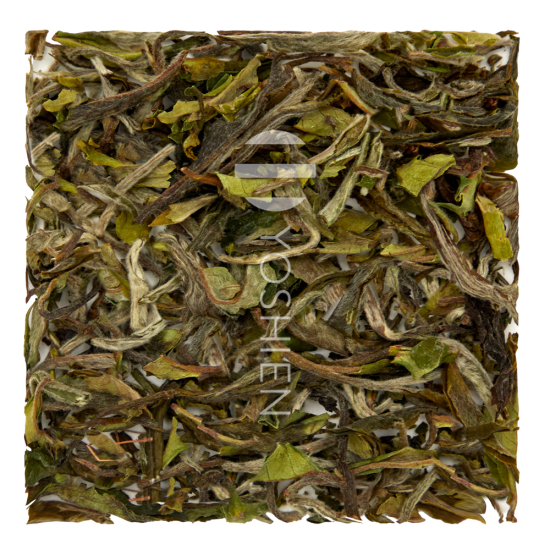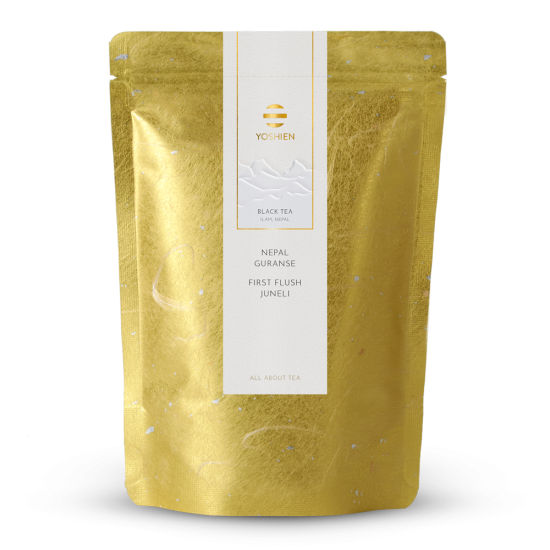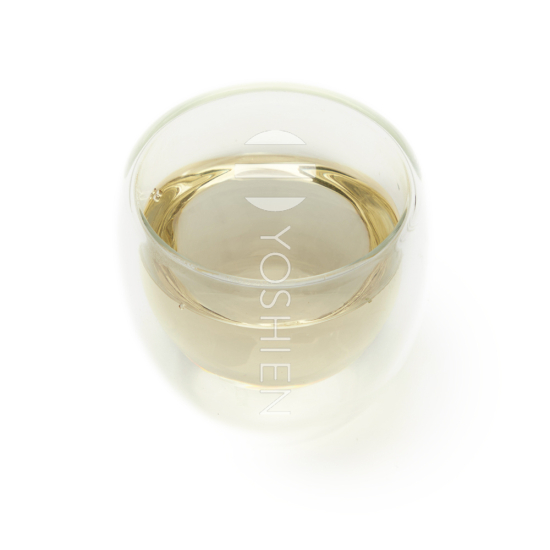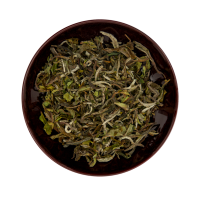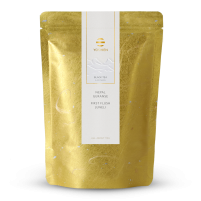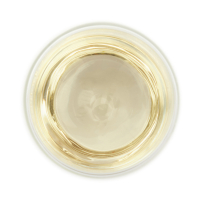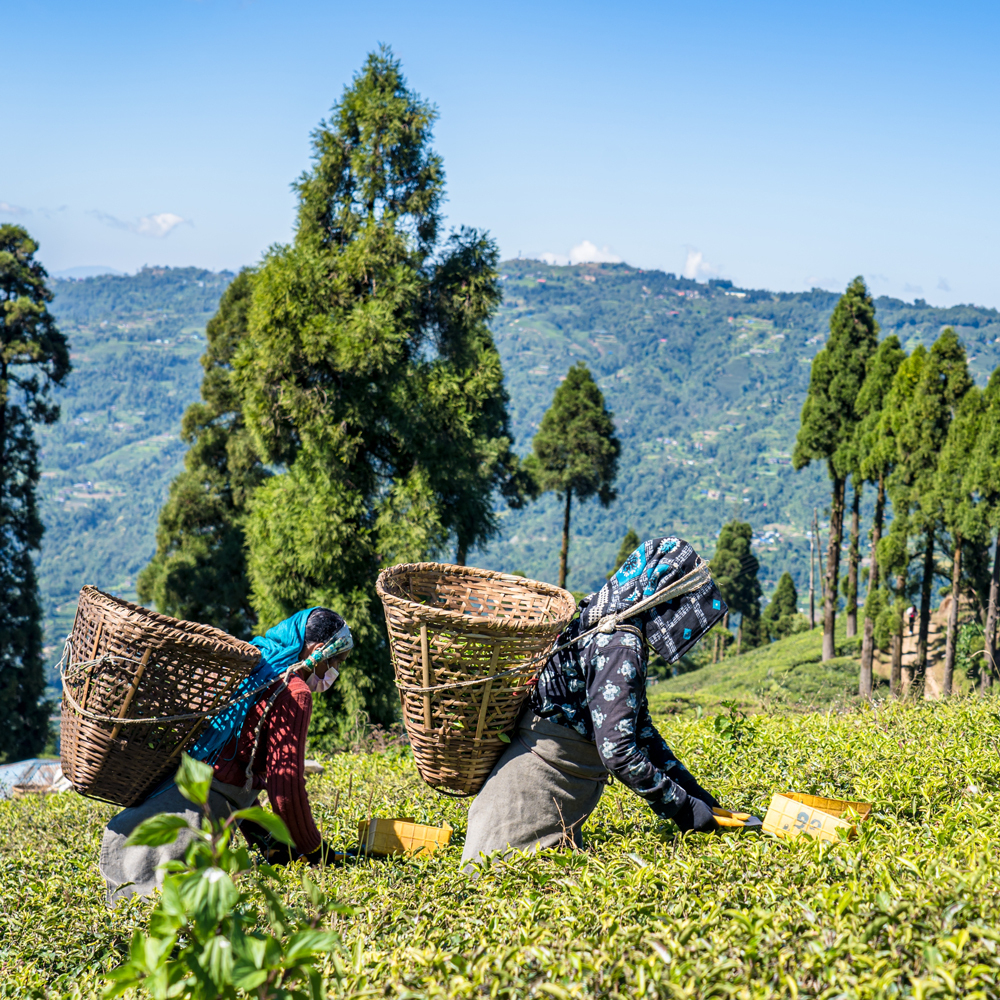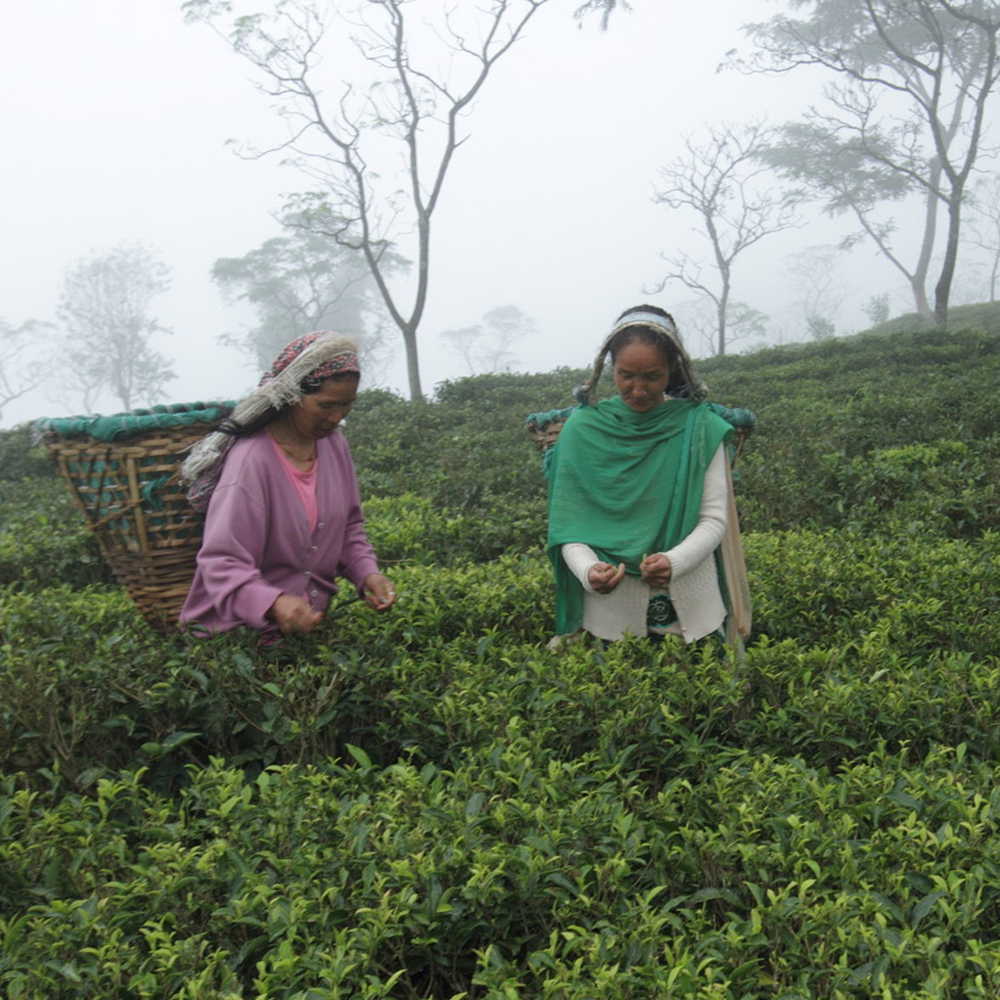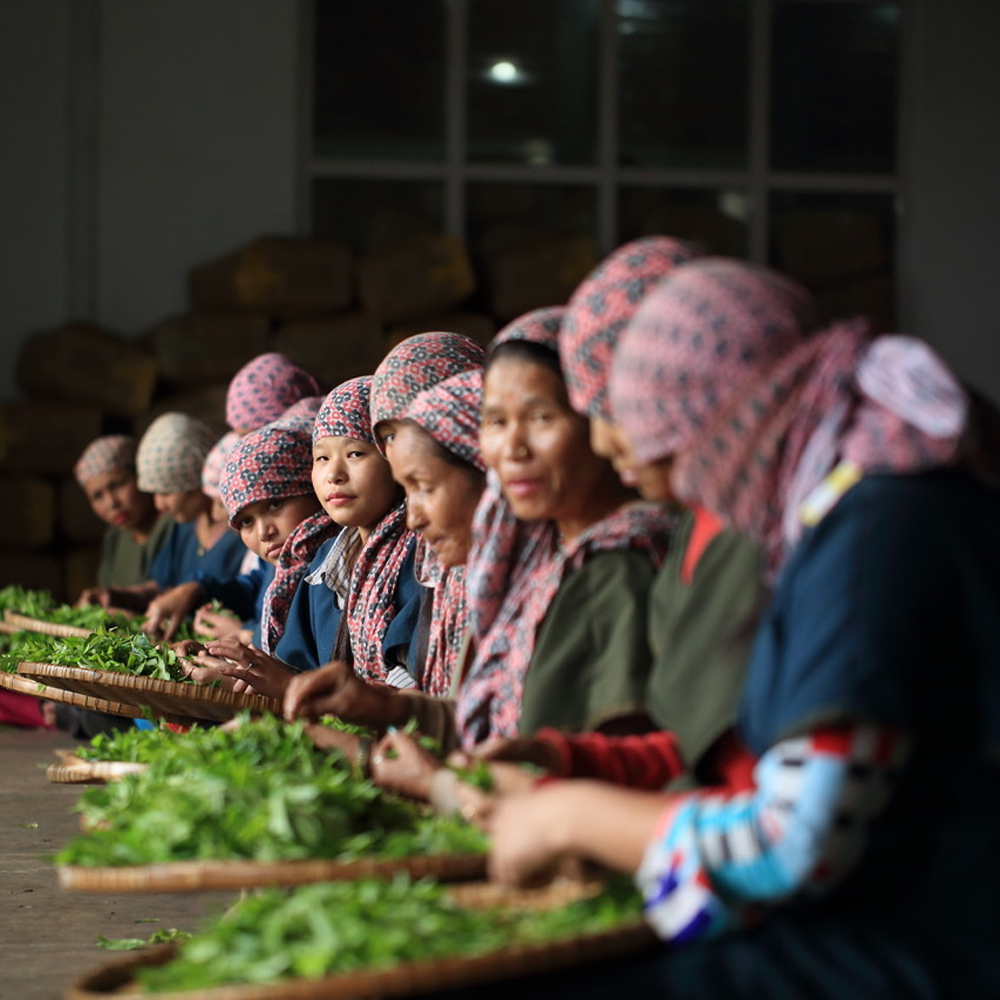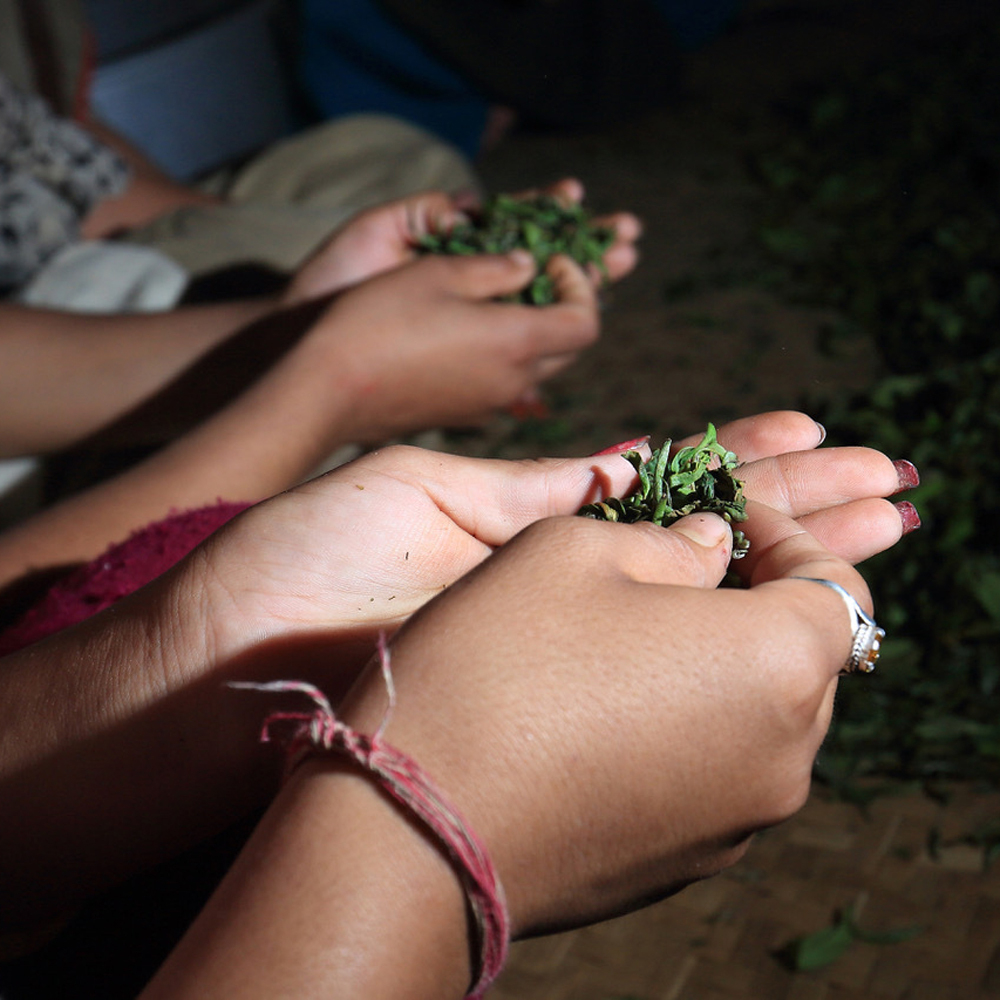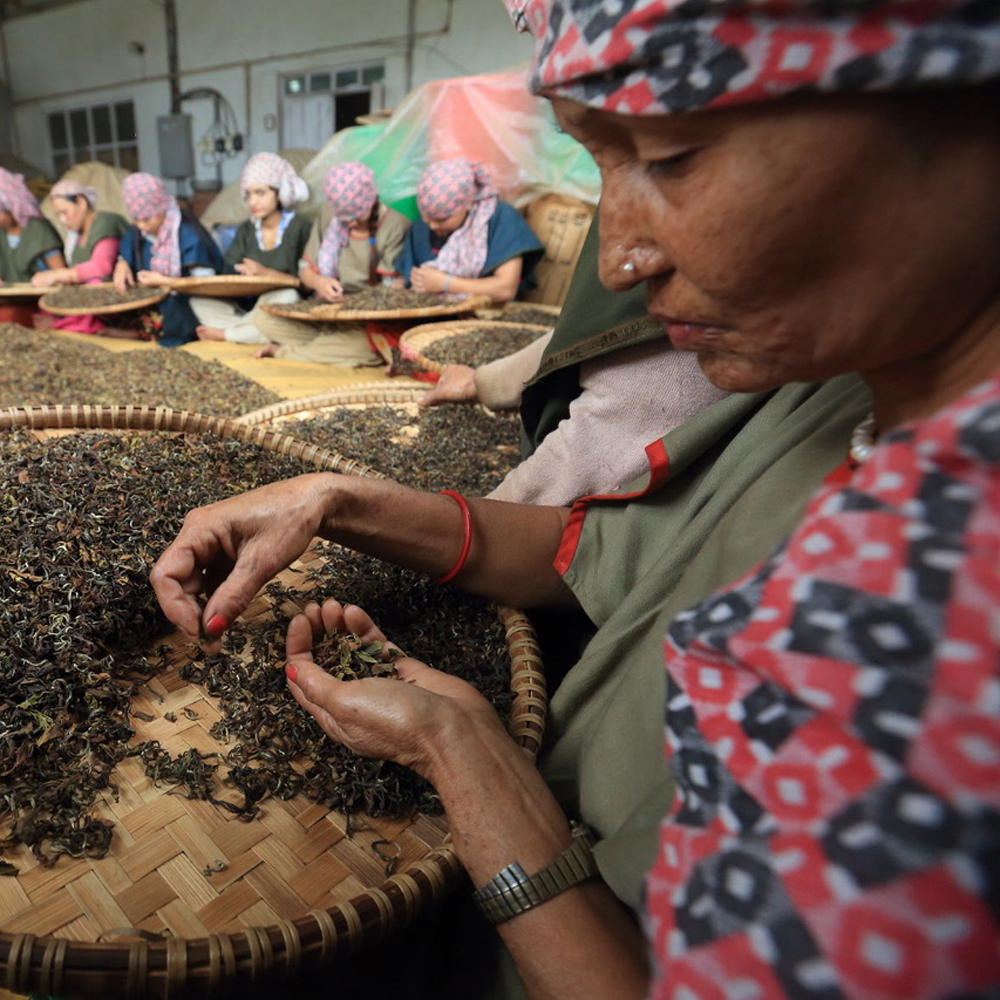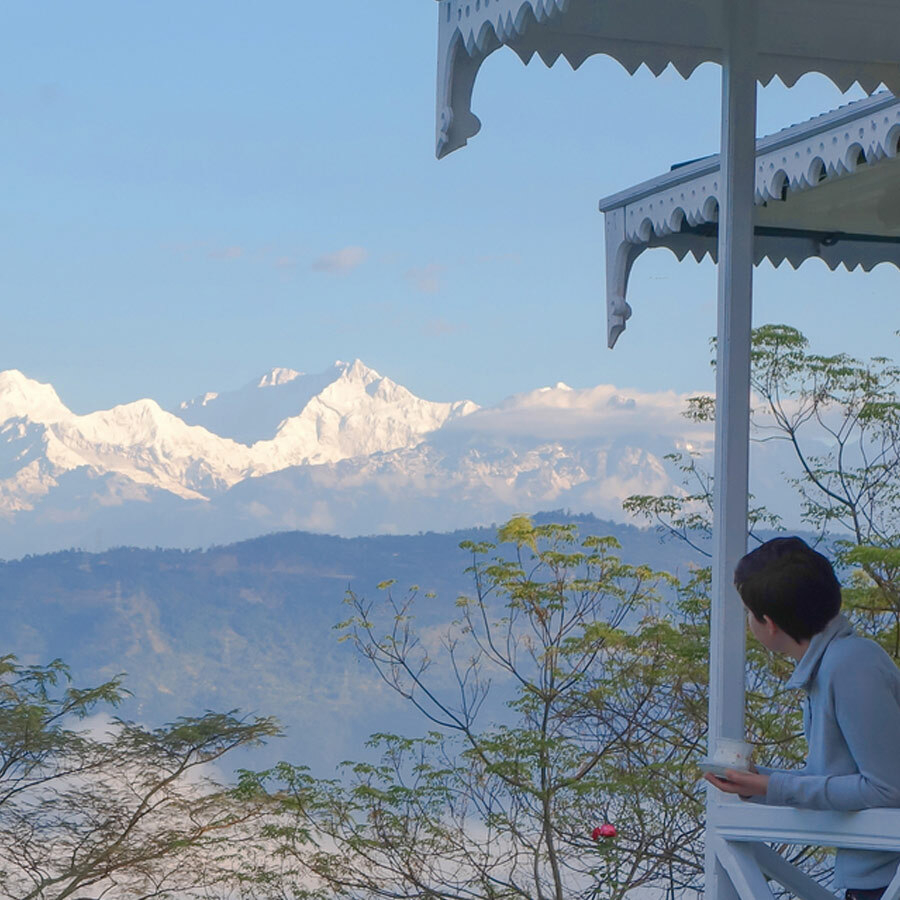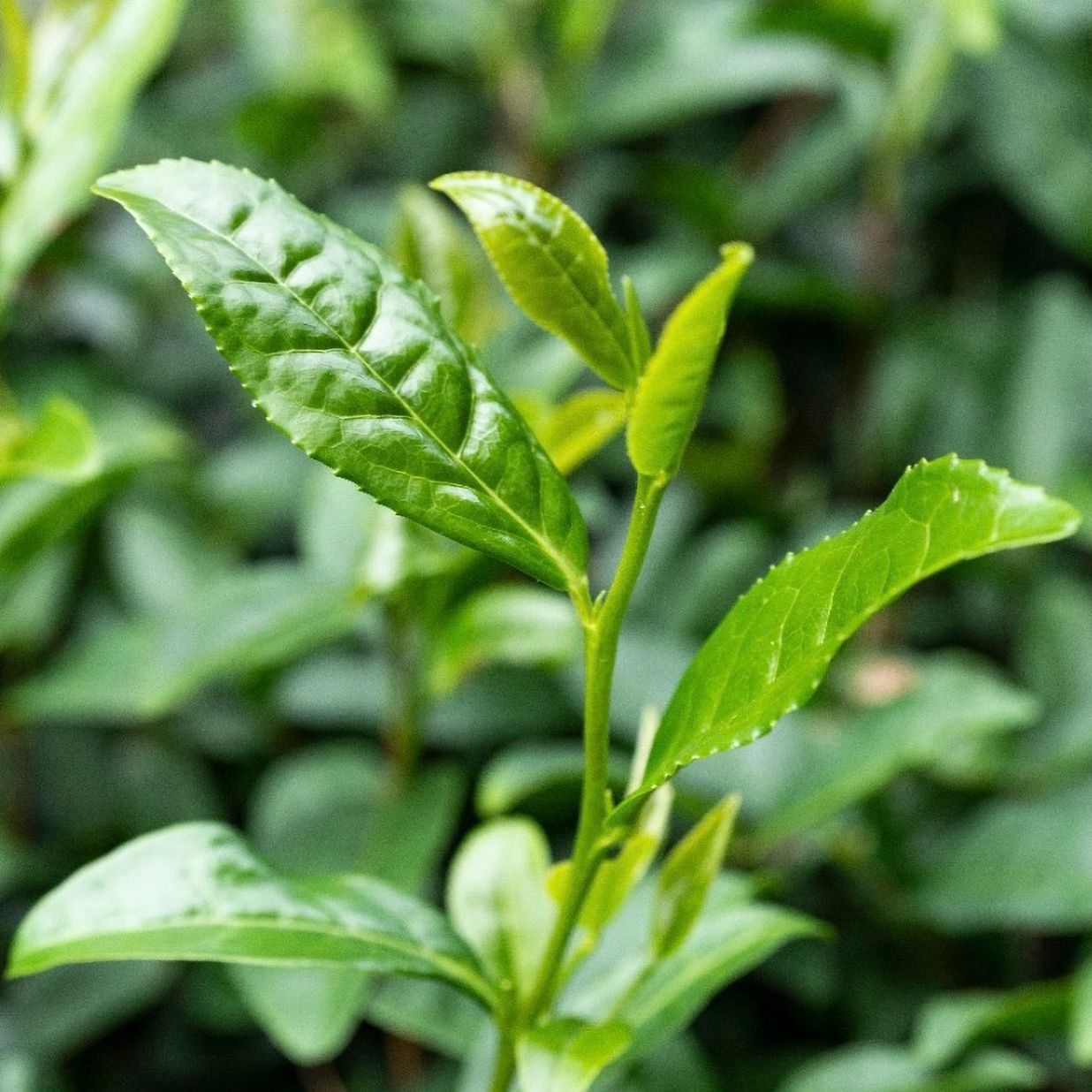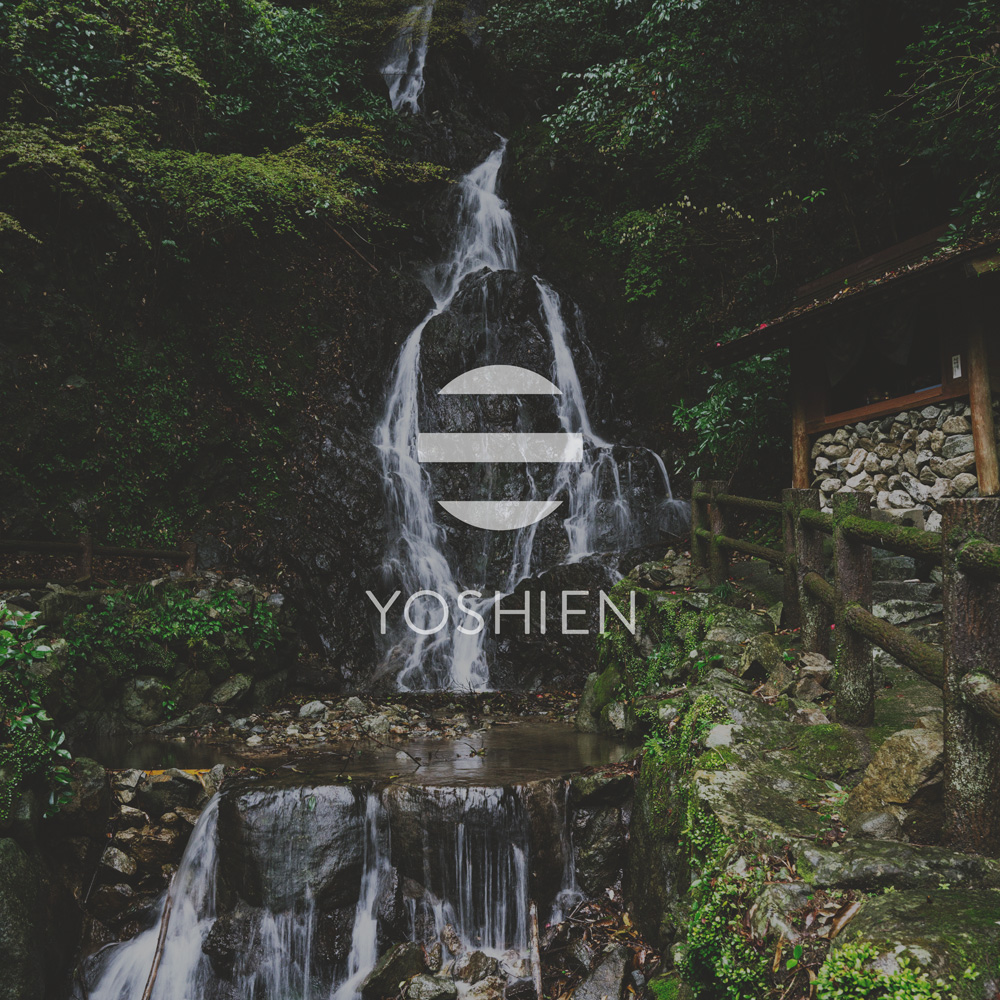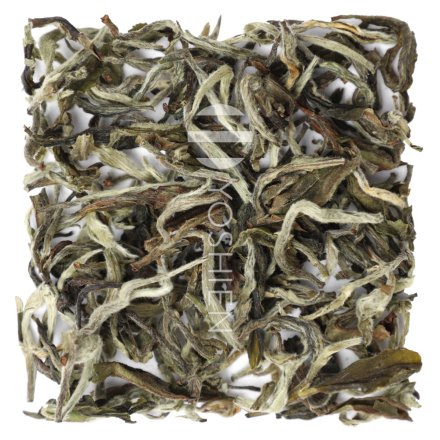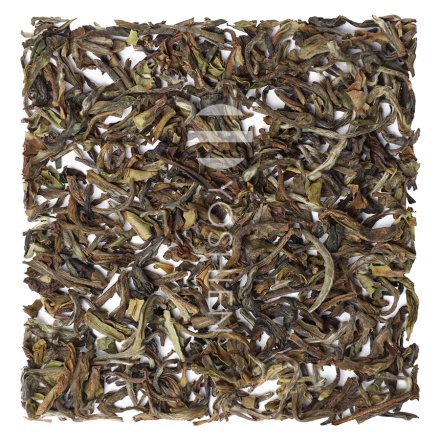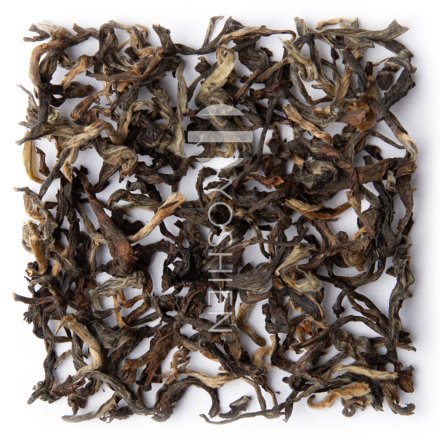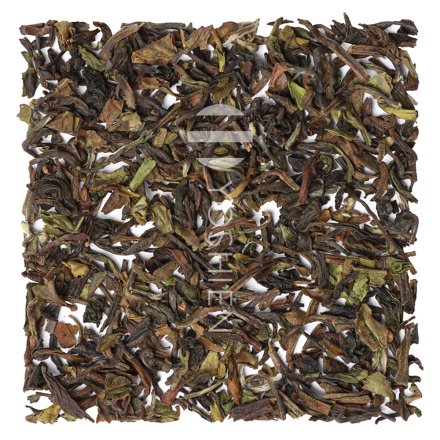Special features in location, cultivation and processing
The tea estate lies in the eastern part of Nepal, in the Himalayan Ilam region, around 40 kilometres from Darjeeling, India. The fields stretch across elevations of roughly 800 to 1,700 metres above sea level. Nearby is the protected Mai Pokhari wetland, shrouded in mist with a humid microclimate and rich biodiversity. The cool temperatures, frequent mists, and nutrient-rich soils create ideal conditions for slow-growing tea plants, which in turn produce highly aromatic leaves with a distinctive mineral character. The estate also works closely with small, family-run tea gardens in the surrounding area, with a shared commitment to sustainable farming and high-quality, handcrafted production.
The jewel of this region is Nepalese first flush tea – the first harvest of the year, usually occuring between March and May. This is considered the finest harvest of the year, as the young, fresh shoots are rich in flavour and secondary plant compounds after their winter dormancy. The process begins with only the top bud and the first one or two leaves being carefully hand-plucked. The fresh leaves are then gently spread out and withered for several hours, either in the open air or under controlled ventilation. Here in the high mountains, the withering stage is unusually long compared to black teas from other regions, playing a key role in shaping the tea’s distinctive aromatic profile.
After withering, the leaves are rolled by machine to break the cell walls and start the oxidation process. For Nepalese first flush teas, oxidation is usually kept to a minimum to preserve their fresh, light character. Finally, the leaves are gently dried to fix their texture and delicate fragrance, before being sorted by grade and packed.
Single Origin
This tea comes 100% from the above-mentioned tea estate in Ilam, Nepal, directly sourced.




